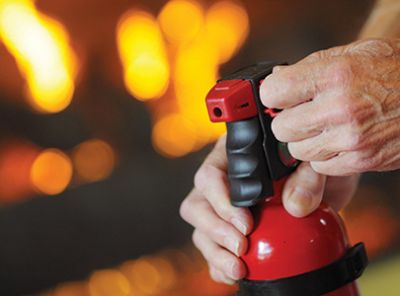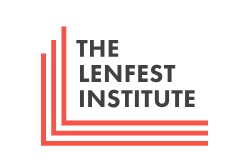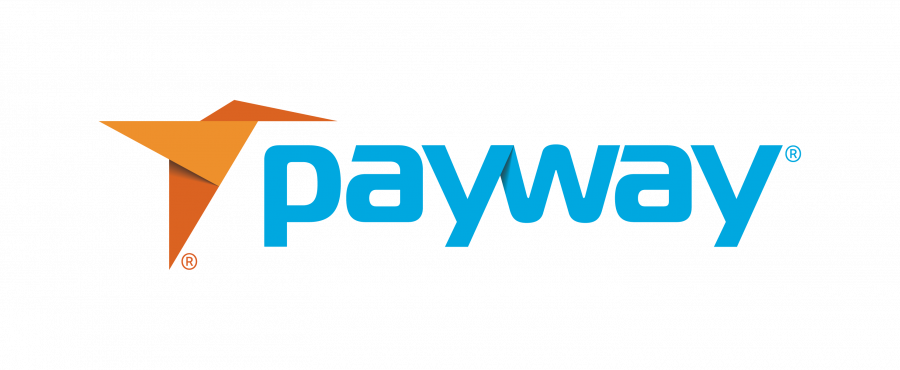Do you know where your fire extinguishers are?
John Foust
Mar 1, 2023


We all want to take care of our advertisers and coworkers. Well, there’s no better way to do that than to help them stay safe in the workplace. There are some simple things we can do to accomplish this.
Some years ago, I attended a series of meetings at a large company, which had a number of offices in the area. In each of the meetings — whether attended by 10 people or 50 people — someone opened the meeting with a brief safety announcement. Typically, he or she pointed out the fire alarm locations, how to exit the building if the alarm sounded, where to assemble in the parking lot for instructions, etc. Everyone took the information seriously, and it was easy to see that employees were accustomed to starting their meetings that way.
I remember thinking that it was an impressive way to begin any kind of get-together. After all, in a sizable meeting room, most employees might not be as familiar with those details as they would be in their individual work areas. And visitors like me might have never been to that building before. As a result of those brief presentations, everyone felt safer and more confident. I know I did.
This list can be a good place to start:
1. DESIGNATE A SAFETY OFFICER
This person will open meetings or prepare someone else to open meetings. The officer should check all safety equipment, alarms and door locks, then prepare a standard script to be read before each gathering. Better yet, designate a safety team, perhaps with representatives from several departments. Give them the authority to interrupt any meeting or conversation for any safety reason they see fit.
2. KEEP ALL ALARMS AND SPRINKLERS UP TO DATE
3. POST EXIT DIAGRAMS AROUND THE BUILDING
Clearly mark “you are here.”
4. PLACE FIRE EXTINGUISHERS IN APPROPRIATE PLACES
Let everyone know their locations. Keep them updated, and learn how to use them.
5. CALL IN THE EXPERTS
This is too important to handle in casual discussions. Invite police officers and fire department officials to do walk-throughs and make recommendations. In a sad commentary on today’s world, ask them to map a plan for what to do if an armed person is in the building.
6. SAFETY MEETINGS
Safety and inspection requirements inevitably vary from area to area. In addition to the standard meeting announcements mentioned here, it’s important to keep these issues top of mind with employees. In view of our specialization in advertising, we all know the importance of repetition in the business of marketing communication. Safety messages should be repeated enough for everyone in the building to have them memorized.
7. MAKE A COPY OF THIS LIST — OR FIND A BETTER ONE
Offer it to your advertisers, vendors, friends and family members.
The slogan, “Safety is Job No. 1,” applies to every industry, not just those that involve dangerous equipment, technology and materials. And it applies to everyone along the way, from front-line team members to road warriors to the corporate offices. © Copyright 2023 by John Foust. All rights reserved.
John Foust has conducted training programs for thousands of newspaper advertising professionals. Many ad departments are using his training videos to save time and get quick results from in-house training. Email for information: john@johnfoust.com










